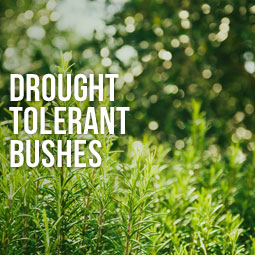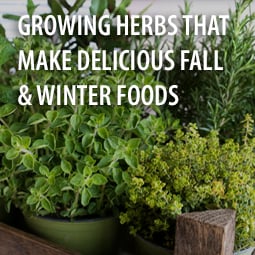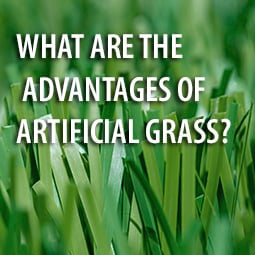 Every lovely landscape has highs and lows and something in between. Height variations provide overall structure for your landscape and help draw the eye from one spot to another. Bushes have great value because they fill transitional space from tall trees to low-growing perennials and groundcovers. Bushes also give your garden a sense of enclosure which makes it feel more personal.
Every lovely landscape has highs and lows and something in between. Height variations provide overall structure for your landscape and help draw the eye from one spot to another. Bushes have great value because they fill transitional space from tall trees to low-growing perennials and groundcovers. Bushes also give your garden a sense of enclosure which makes it feel more personal.
The varieties you choose can transform your garden in every season, with eye-catching colors, shapes, flowers, fruits, and fragrances. Create a hedge on your property’s perimeter. Or a pretty privacy screen for your hot tub. Or a stunning stand-alone feature. And here’s the best part – lots and lots of bushes are drought-tolerant, including some that might surprise you. You can easily create any look you want for your landscape’s important mid-level, without sacrificing your water conservation goals.
Another bonus? Drought tolerant bushes not only need less water (or no water, once they’re established), most need little maintenance. Gee, that sounds a lot like your artificial grass lawn, doesn’t it?
What to choose?
Shrubs are a good source of multi-season interest in the garden. Some are even evergreen. So look for varieties that will make the most of their space. Some possibilities:
- Beautyberry – lovely arching shape and, oh, those clusters of berries. Their unusual pinkish-purple color will adorn your garden all through the winter.
- Boxwood – yep, this one’s drought tolerant, too. Use this long-time favorite for edging or screening, in its naturally “fluffy” shape or formally trimmed.
- Butterfly bush – long-blooming, wide variety of flower colors
- Forsythia – early yellow flowers say “winter’s over!”
- Holly – many types and sizes, red or yellow berries.
- Panicle hydrangea
- Rosemary – what’s not to love here? Evergreen, spiky leaves. Pretty little blue flowers. Heady fragrance. You can use it for cooking and baking. And it attracts butterflies but does not attract deer.
- Russian sage – whether you consider this a tall perennial or smaller shrub, the spiky gray-green leaves and lavender-blue flowers are uniquely airy looking. Combine them with pinky or peachy agastaches for a stunning mid-height border.
When we talk about “bushes” or “shrubs,” we’re usually referring to woody plants that are larger than flowering perennials but smaller than a full-size tree. That covers a lot of territory. But as you’re planning a drought tolerant landscape, why not think outside the bush, so to speak, and consider large succulents as well.
Aloes, agaves, and their relatives provide the height and width you want from a shrub. But their leaves are thick and sword-like, and their structures are more open than a typical shrub, so they provide a very different type of visual. Most offer taller stalks of brightly colorful flowers, too. You can mass them or use just one as a dramatic focal point or accent.
Stumped for more ideas?
This wonderful database, courtesy of the Lady Bird Johnson Wildflower Center outside Austin, TX, is searchable. You can look up plants by their common or family name, or get ideas to match your garden’s theme by searching by size, shape, flower color, bloom season, and leaf characteristics. (The Wildflower Center may be located in Texas, but the database is searchable by your location here in the Bay Area.)
Bushes for birds
Drought tolerant shrubs can do more than add height and “volume” to your landscape and ensure minimal water usage. Planting the right ones will attract birds to your garden. Shrubs provide protective nesting opportunities, and many provide tasty (and exceptionally pretty) berries in fall and even winter.
And if you’re going to grow shrubs with berries, you might as well include some for yourself as well as the birds. Think currants – or grapes, which are technically a vine, but they’re drought tolerant, so yum’s the word.












